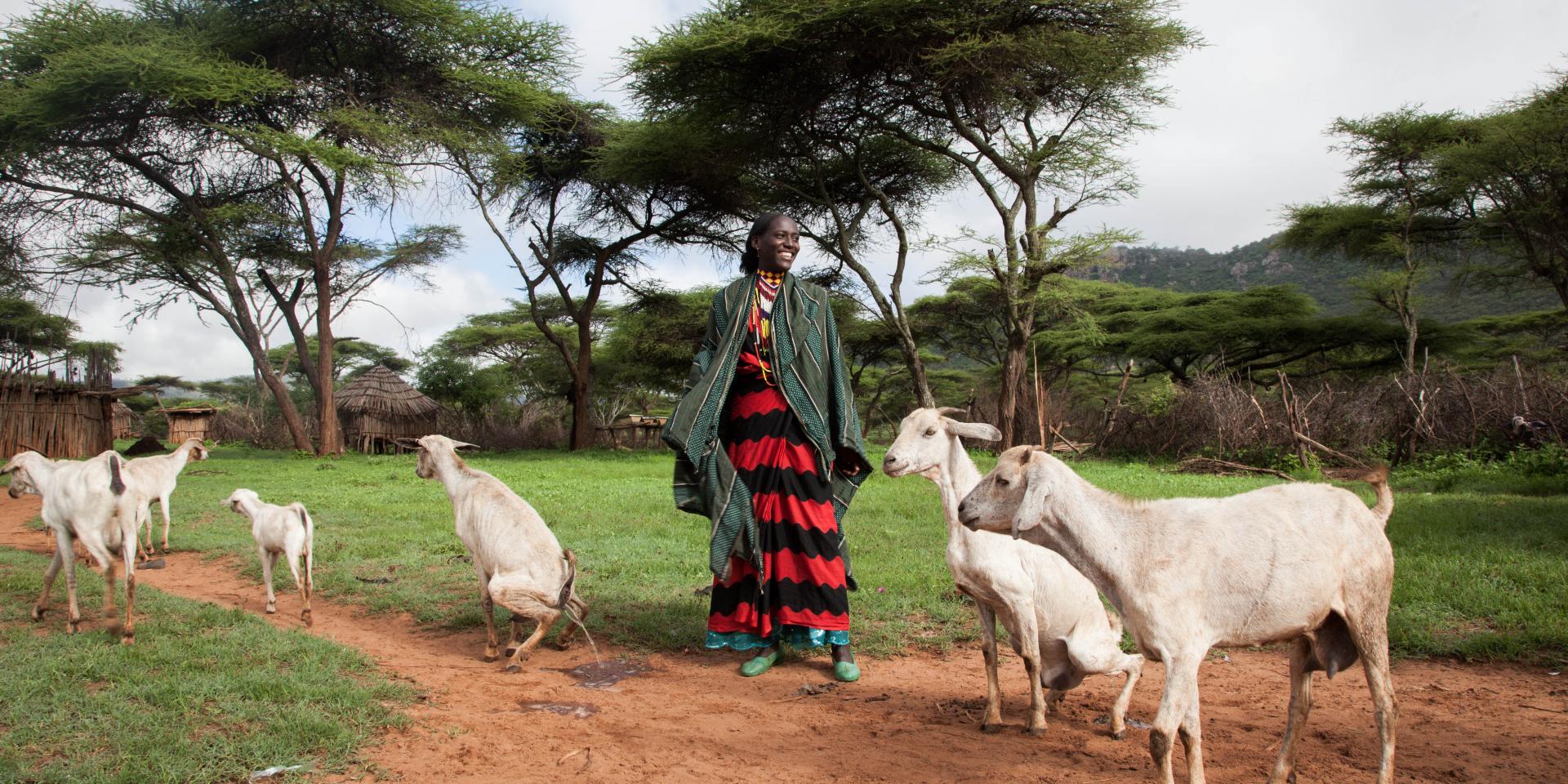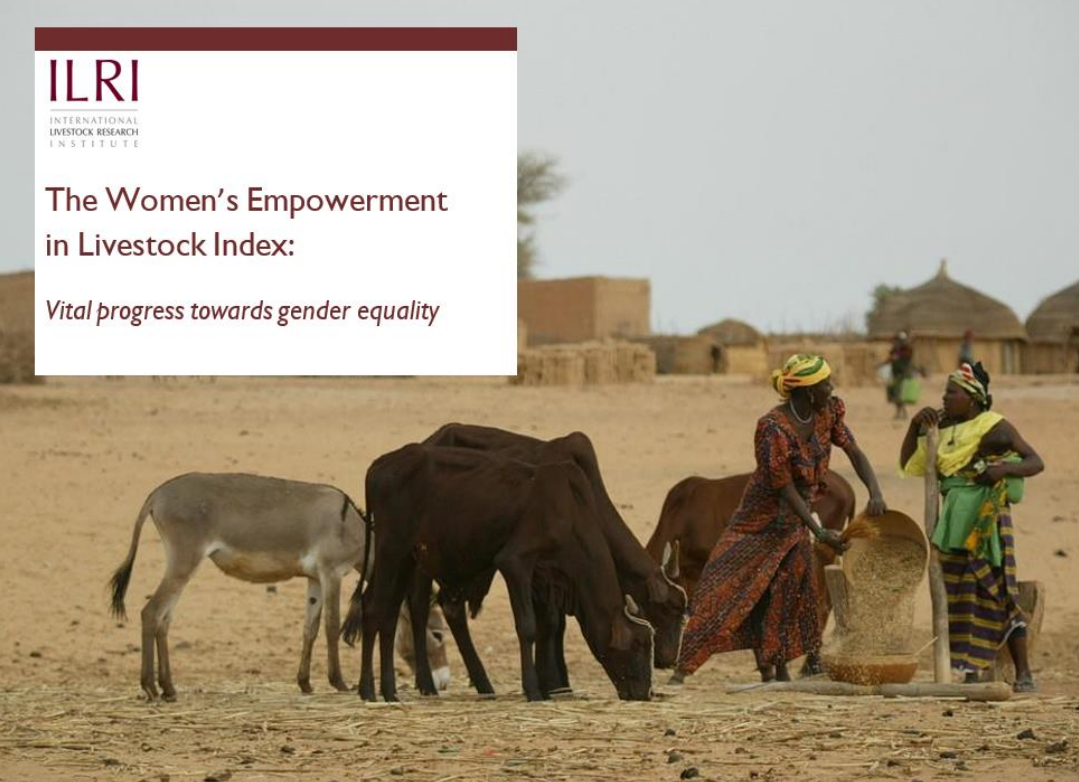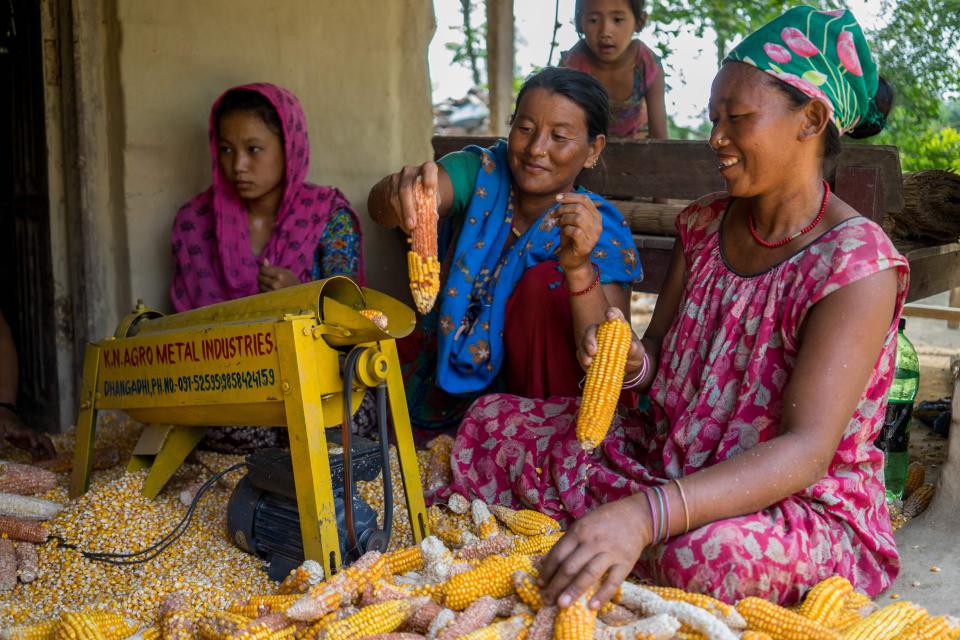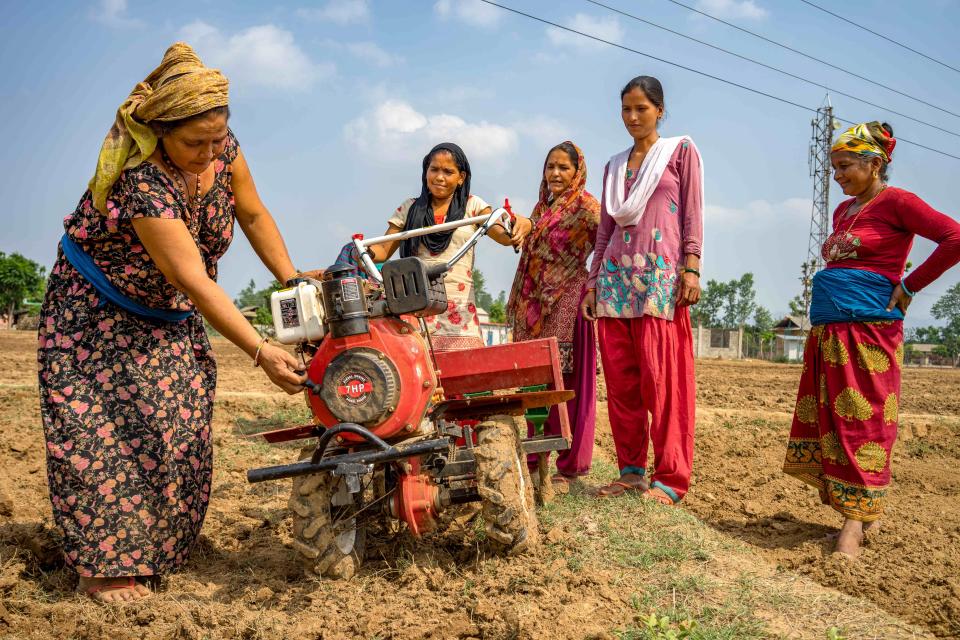Women’s Empowerment in Livestock Index (WELI)

The Women’s Empowerment in Livestock Index (WELI) for understanding which livestock interventions impact women’s empowerment and how.
Why is this method important?
Women’s empowerment in the livestock sector is essential to make progress toward gender equality. Women more easily control livestock than other high-value assets, such as land, and therefore livestock provide key opportunities for women’s empowerment. What’s more, livestock provide animal-sourced foods that help underpin women’s traditional role in securing household nutrition.
Women already represent the majority of livestock keepers and their empowerment is therefore also crucial for the development of the livestock sector. Different strategies to empower women already exist, but they are difficult to assess or prioritize without a reliable and accepted means of measuring “empowerment.”
Who is this method for?
The Women’s Empowerment in Livestock Index (WELI) enables development practitioners, project planners, funders and other decision-makers to assess how their livestock interventions affect the empowerment of women involved in the sector. By getting better at understanding what interventions work best for providing empowering opportunities, it becomes possible to refine these interventions and, in the long term, provide better empowering opportunities for women involved in livestock.
How can I use this method?
The WELI is designed to measure women’s empowerment in livestock and crop farming, focusing specifically on key decisions of livestock production, such as animal health, breeding and feeding as well as use of livestock products, such as animal-sourced food processing and marketing. It includes six key domains of women’s empowerment—decisions on agricultural production, decisions related to household nutrition, access to and control over resources, control and use of income, access to and control of opportunities, workload and control over own time. WELI data collection is comprised of both quantitative and qualitative components, enabling it to provide complementary information.
The WELI is a work in progress and information on the tool and its development has been shared widely to provide opportunities for feedback. In addition, it must be noted that empowerment is a complex process of change, which brings about two main methodological challenges when developing and implementing the WELI. First, the combination of both quantitative and qualitative approaches may result in contradictory findings, which poses the challenge of reconciling these two approaches. The second challenge arises from the need to balance universal comparability and local relevance. While using universal indicators of empowerment provides a “neutral” and widely comparable measurement, it is also essential to understand and assess empowerment within each local social context.
Nonetheless, the WELI methodology can be helpful in guiding implementers of livestock interventions on how to drive women’s empowerment. It thereby also establishes the basis for a global conversation about the kinds of interventions that work best to empower women involved in livestock around the world.
When and how was it developed?
The International Livestock Research Institute (ILRI) in collaboration with Emory University developed the Women’s Empowerment in Livestock Index (WELI) methodology in 2015, based on the Women’s Empowerment in Agriculture Index (WEAI) developed earlier by the International Food Policy Research Institute (IFPRI).
Where can I learn more?
Learn more via ILRI or contact ILRI's gender team lead, Alessandra Gailè.
Publications



